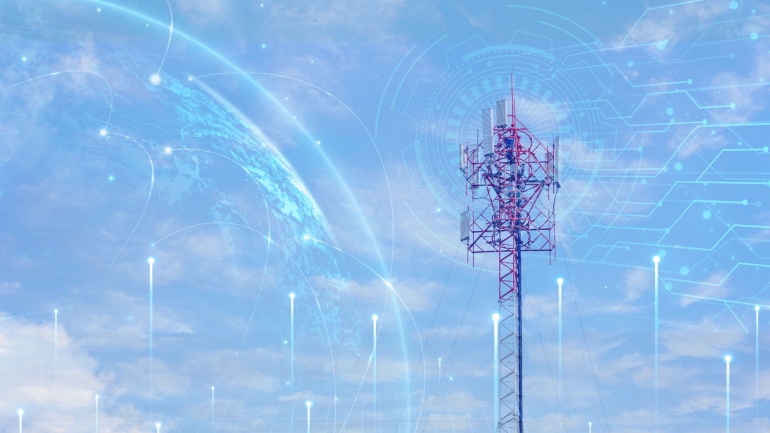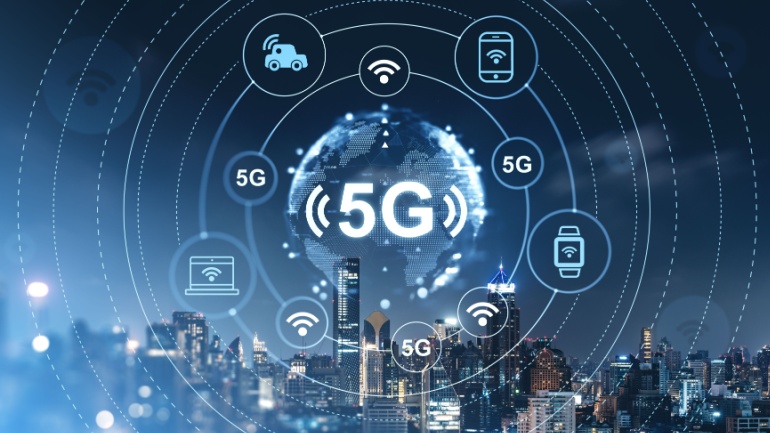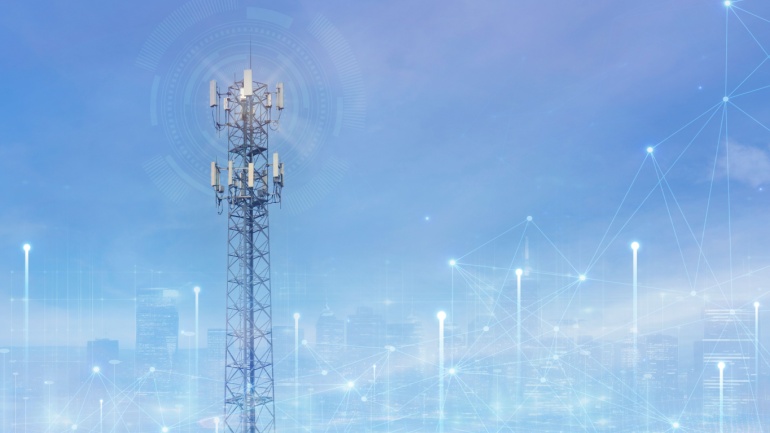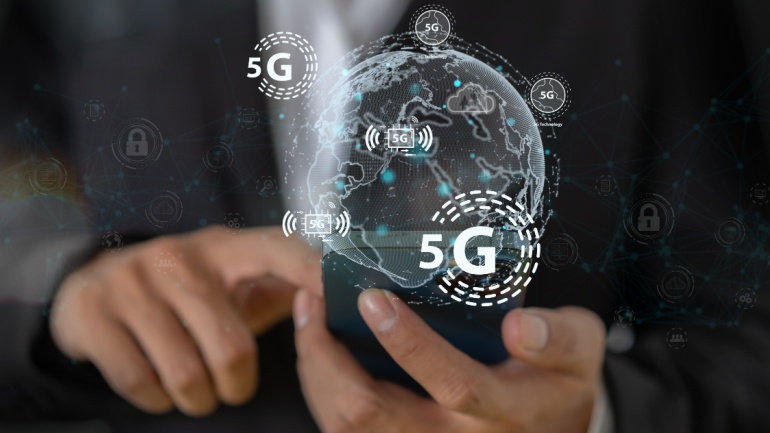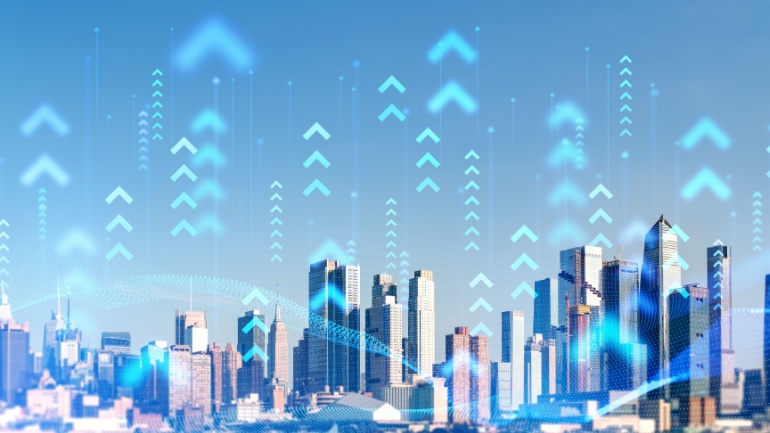Telstra and Ericsson have launched a revolutionary RAN Compute platform, advancing Australia’s 5G landscape. The newly deployed Ericsson RAN Processor 6672 significantly boosts capacity and efficiency while reducing energy consumption by up to 60%. This innovative technology, powered by advanced AI, paves the way for enhanced mobile connectivity and future 5G advancements.
The Swansea Bay City Deal awarded VMO2 a contract to upgrade fibre infrastructure. The global smartphone market is expected to grow, driven by Android sales in China and emerging markets. Patton acquired Raymar Information Technology to continue supporting crucial legacy industrial technologies. EE has released age-specific smartphone usage guidelines.
Indosat Ooredoo Hutchison, in collaboration with Huawei, has successfully completed a vital core network consolidation project in Jakarta. This rapid 14-month execution significantly enhances Indosat’s mobile communication technologies, benefiting over 100 million users across Indonesia, including rural and remote regions. Such advancements promise improved internet performance, especially for gaming and video streaming.
Major UK business groups are urging telecoms regulator Ofcom to extend the automatic compensation scheme for broadband outages to encompass all businesses. This demand highlights frustrations over unreliable broadband services impacting productivity and economic growth. Existing compensation covers only domestic-grade services, leaving many businesses without recourse for connectivity issues.
The recent partnership between CityFibre and Sky has significant implications for the UK’s broadband market, potentially challenging BT’s dominance. This deal extends Sky’s services, enhancing competition and driving innovation. Industry experts suggest that while BT faces pressure, the partnership signals confidence in the emerging alternative networks.
Nokia has secured a crucial agreement with Claro Argentina to deploy 5G infrastructure nationwide, positioning Nokia as the sole supplier. This collaboration aims to revolutionize connectivity, focusing on Argentina’s largest cities. By leveraging Nokia’s cutting-edge 5G AirScale technology, encompassing base stations and massive MIMO radios, this initiative promises unparalleled performance and reliability.
StarHub has launched its Low Latency Data Centre Connect service, offering ultra-low latency connectivity for enterprises. The service enhances cloud access, supports advanced network slicing, and provides quantum secure communications, with latency under 1ms to cable landing stations. Key partnerships with Ciena, Digital Realty, and Terrabit Networks ensure robust, secure, and scalable connectivity solutions.
Telekom Malaysia (TM) faces a setback as Digital Nasional Berhad (DNB) terminates their share subscription agreement. Despite this, TM remains committed to supporting Malaysia’s 5G ecosystem. As local telcos vie for the second 5G network, the government’s decision will shape the nation’s 5G landscape, enhancing digital connectivity for all.
Qualcomm’s acquisition of Sequans Communications’ 4G IoT technology marks a significant leap in enhancing their VoIP solutions for the industrial IoT market. By integrating Sequans’ specialized cellular semiconductor solutions, Qualcomm aims to offer more reliable and optimized VoIP connectivity. This strategic move bolsters their portfolio, aligning with the growing demand for robust IoT connections.
Qatar’s Communications Regulatory Authority (CRA) will shut down 3G networks by December 31, 2025, to bolster 4G LTE and 5G services nationwide. This shift, part of Qatar National Vision 2030, aims to optimize spectrum resources, enhance telecommunication service quality, and drive economic diversification. VoIP users will enjoy improved connectivity and efficiency.



